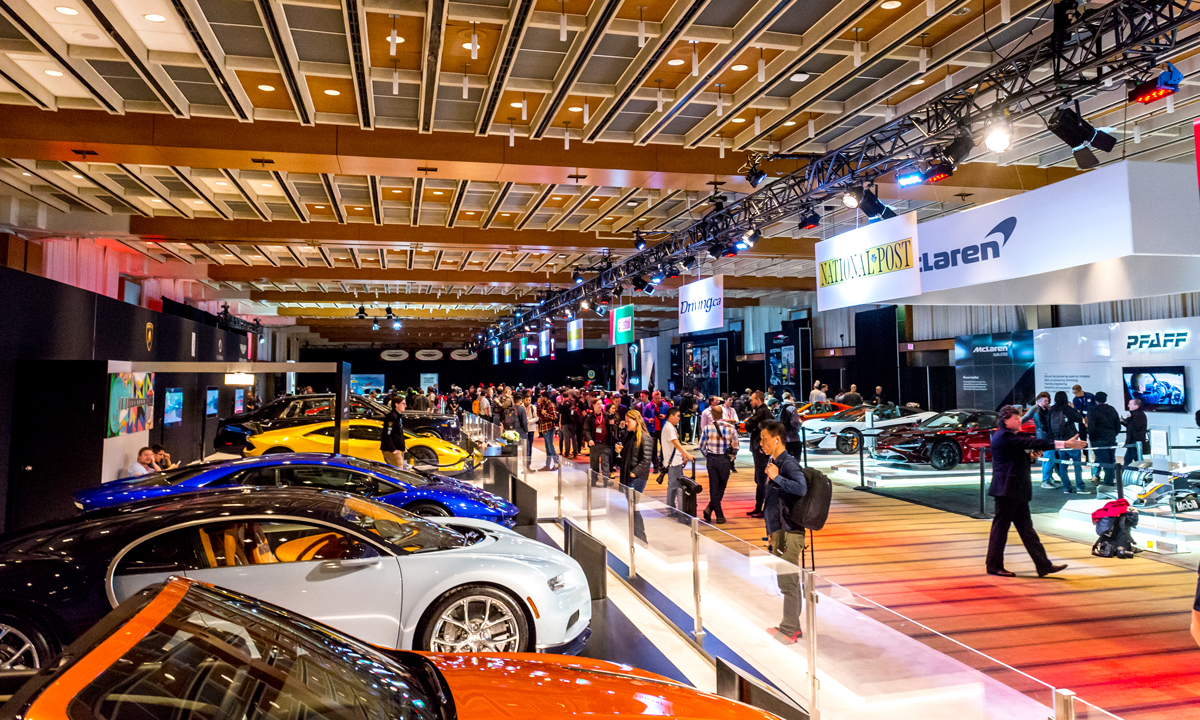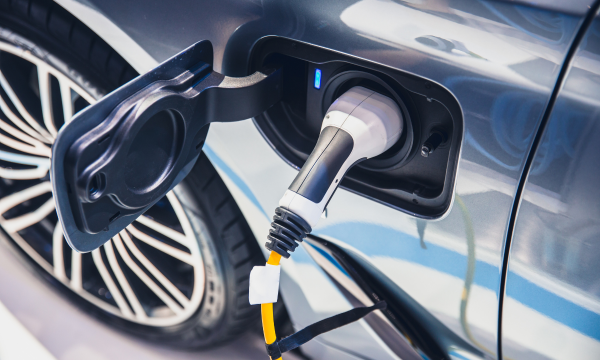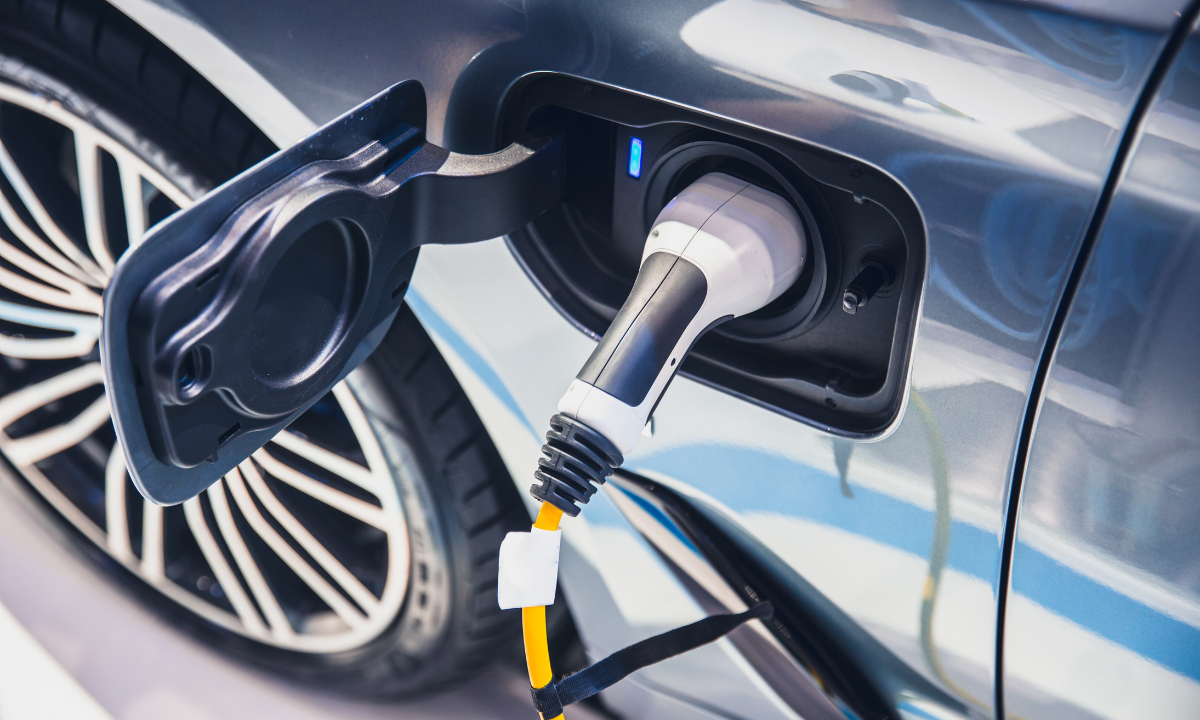What are the implications for dealers of brands that exhibit vs. those that don’t?
Does an auto show deliver a return on investment for exhibiting brands?
This was one of many questions that that Jason Campbell, General Manager, and his team at the Canadian International AutoShow (CIAS) were contemplating as they finalized plans for the 2023 show—the first in three years.
As most readers know, some popular automotive brands in both the volume and luxury segments decided to sit this one out, and other shows across Canada. No doubt, auto show participation requires a significant commitment of financial and managerial resources.
So, how did things play out this year at CIAS?
Clarify partnered with CIAS to conduct visitor experience research—both during the show itself with 1,325 EV Test Track participants, and immediately after the AutoShow, with online feedback from 15,599 visitors, all consumers aged 20+ with no affiliation to the automotive industry.
Consumers roared back in 2023, almost setting a new record with over 350,000 visitors over the AutoShow’s ten public days.
Nearly two-thirds of visitors (65 per cent) intend to purchase or lease a new vehicle within the next 24-months, of which more than half (58 per cent) are in-market now with plans to buy in the next 12 months.
While some visitors came for the entertainment value (Family Day especially), the majority of visitors reported overwhelmingly practical reasons for attending—to see what’s new (brands, models and innovation) and to help them decide what vehicle to buy next. Nearly 1 in 3 visitors specifically wanted to learn about electric vehicles (EVs) and 1 in 10 wanted to experience an EV on the indoor Test Track.
What became clear in our analysis of the data is that the AutoShow attracts in-market buyers.
That’s great news for the AutoShow and especially for dealers in southern Ontario, but does the AutoShow actually influence consumer behaviour?
The data says yes.
The AutoShow is a catalyst for buying behaviours that OEMs and dealers alike care about. A significant portion of visitors have or will soon engage with brands online or in-person as they take the next step in their new vehicle journey:
- Nearly half will go online to learn more about a model (47 per cent);
- Nearly 1 in 3 consumers will visit a dealer (32 per cent); and
- Nearly 1 in 4 visitors will test drive a model (23 per cent).
Among the 10,103 respondents intending to buy within the next 24 months, two-thirds declare the AutoShow was helpful or very helpful in their choice of new vehicle (66 per cent).
Even more compelling: over 2 in 5 visitors (44 per cent) report the AutoShow led them to add at least one brand to their consideration list. Put another way, the AutoShow creates meaningful conquest opportunities among visitors for brands and models they might not otherwise have known about, let alone considered.
The AutoShow is like a rising tide—it lifts all boats to some extent—causing consumers to consider a wider range of options than had they not attended.
To gauge the AutoShow’s impact on consumer behaviour, we compare which brand(s) visitors already own with the brand(s) they have added to their consideration list. By subtracting ownership frequency from incremental consideration frequency, we are able to see the conquest opportunity created for each brand.
On balance, exhibiting brands generate significantly higher conquest opportunities than non-exhibiting brands. When we examine conquest opportunity creation across the 36 highest volume brands in Canada, the Top 10 were all exhibiting brands.
Furthermore, the Top 5 conquest opportunity creating brands—Kia, Vinfast, Cadillac, Jeep and Hyundai—all went beyond static displays to provide experiential opportunities for visitors like Camp Jeep and the chance to drive the EV6, VF8, Lyriq and Ioniq 5 on the indoor EV Test Track.
At the other end of the spectrum, the weakest 5 brands in terms of conquest opportunity creation—including both volume and luxury marques—were all non-exhibiting brands.
While this may not be surprising, the difference between the strongest and weakest brands is stark. The “out of sight, out of mind” risk for non-exhibiting brands is real because they are failing to keep pace with the new conquest opportunities created by aggressive exhibiting brands like Kia, Vinfast and Cadillac.
In all three cases, each brand generated incremental consideration (visitors adding these brands to their consideration list) at a pace over 3.7 times higher than their existing share of ownership amongst AutoShow visitors. In the case of the weakest brands, the difference was negative.
Two additional insights with implications for OEMs and dealers alike:
- The AutoShow’s consideration impact is most pronounced with younger Millennial and Gen Z visitors (age 39 and under), despite this demographic traditionally believed to be most receptive to digital marketing efforts. These younger visitors added the most number of new models to their consideration set of any demographic.The AutoShow and the experiential opportunities it provides clearly resonates with younger visitors beyond what digital engagement can deliver.
- The majority of AutoShow visitors (79 per cent) are not very familiar with electric vehicles. Less than 4 per cent of visitors own an EV.
When asked what powertrain(s) visitors would consider next, ICE vehicles remain the most popular option (56 per cent).
While zero emission vehicles (ZEVs) register meaningful consideration, the relative popularity of plug-in hybrids is higher at 32 per cent than full battery electrics at 25 per cent. While it is likely the difference between PHEVs and BEVs is unclear for some visitors, it also reflects consumer hesitation with BEV range, charging infrastructure, pricing and availability.
Hybrid vehicles (no plug) are the second most popular powertrain option (47 per cent), despite the federal government’s proposed 2035 ZEV mandate.
The bottom line: the transition from ICE to EVs will be a long road. Consumers need education and a lot of handholding to make the transition.
The 2023 Canadian International Auto Show delivered what it set out to do for exhibiting brands. It delivered in-market buyers, it provided strong EV educational and experiential opportunities to visitors, and it created incremental conquest opportunities.
Do we really have to wait until February 2024 for the next CIAS?

















